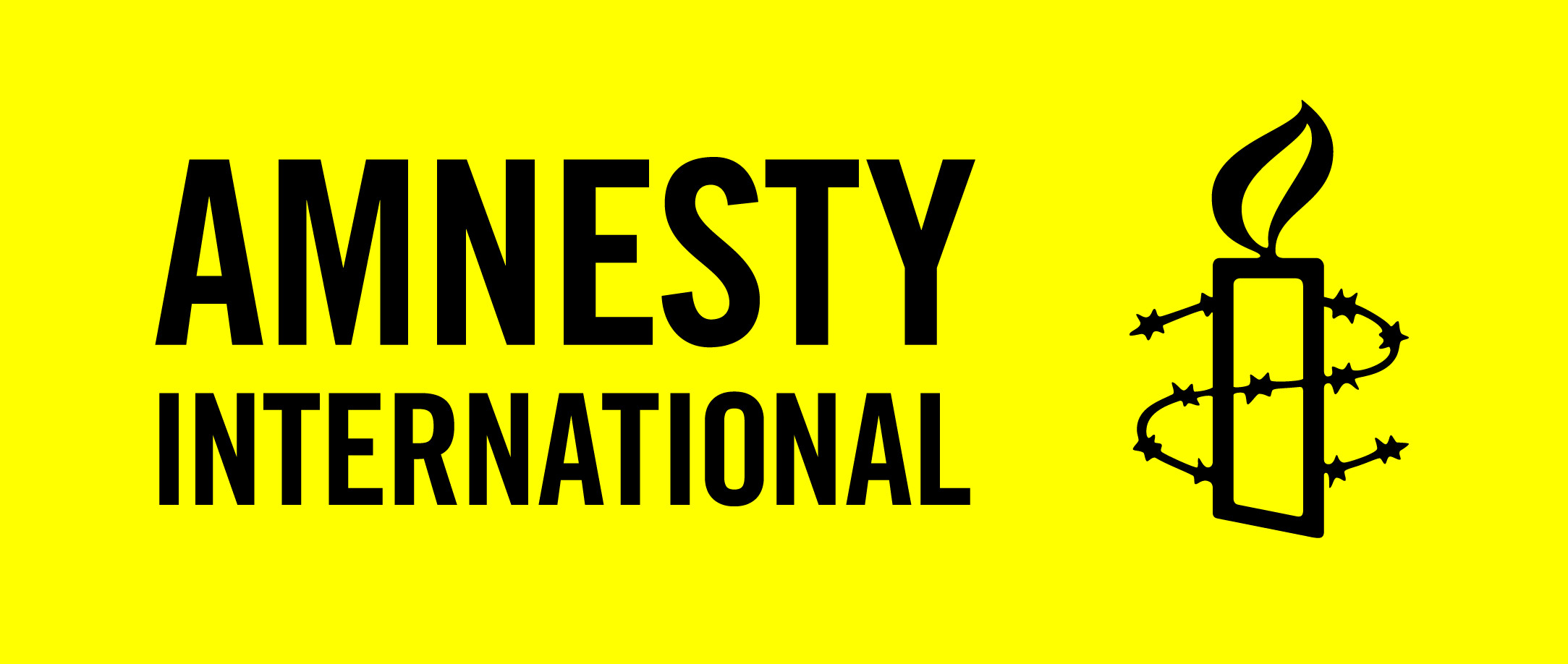Early Years
Amnesty International’s early years in the Philippines was made possible by international solidarity, youth involvement, and human rights education.
During the tail-end of the martial law, a group of human rights activists came together to form what was to be the Philippine section of Amnesty International. With passion burning in their hearts, fueled by international solidarity, the time was ripe for the birth of a human rights organization. Al Senturias, Rey Ty, Ed Garcia, and Sammy Matunog were some important figures who were instrumental in the formation of Amnesty International Philippines.
In 1984,Senturias was invited by Amnesty International London to speak about the human rights situation in the Philippines. His moving speech prompted the International Secretariat to conduct a research on the Philippines in the same year. Upon the fall of the Marcos regime, Amnesty International Philippines was officially registered in 1987 with the following incorporators and Board of Trustees: Edmundo Garcia, Reynaldo Ty, Fe Agpaoa, Gina Putong, Che Duran, Ruth Alegre, Shiela Sison, Nelson Rendon and Ma. Cecilia Macatangay.
Journey to the Present
Since then, Amnesty International Philippines has been able to carry out its human rights work through the strength of its school-based groups. A big part of our work was also made possible through a vibrant Human Rights Education program.
Through the years, Amnesty International Philippines broadened its work to include more individuals and countries for solidarity work. We campaigned for the release of Nobel Peace Prize awardee Aung San SuuKyi, we expressed solidarity for the women and girls in Nicaragua who were victims of rape and sexual violence and we took actions against Shell’s destruction of the Niger Delta.
Amnesty International has expanded and intensified its work in the ASEAN region. In addition to our existing networks, we have forged partnerships with SEACA, Forum Asia, and the ACSC/APF. Working on regional issues, in addition to our engagements with the United Nations, the European Union, and other Intergovernmental Organizations, we have forged cooperation with peoples’ organizations, women’s groups and indigenous peoples towards achieving positive changes in peoples’ lives.
Successes
Amnesty International takes pride in its contributions to the human rights movements locally and internationally. In the Philippines, with members’ actions and support of individuals and network ,we campaigned and were successful in the enactment, ratification and adoption of the following:
Reproductive Health Act of 2012
International Humanitarian Law Act of 2009
Juvenile Justice and Welfare Act of 2006 (RA 9344, 10630)
Repeal on the Death Penalty Law in 2006
Anti-Violence against Women and their Children (Anti-VAWC) Act of 2004
Philippine Human Rights Education Decade Plan adopted in 1997
At the international level, we significantly helped in the ratification of the Optional Protocol to the Convention Against Torture (OPCAT), Rome Statute of the International Criminal Court and adoption of the Arms Trade Treaty and the ASEAN Declaration on the Elimination of Violence Against Women and Violence Against Children
Growth for the Future
From a group of 4 people in 1984, Amnesty International Philippines has grown to more than 2,000 members in 2013. Through the efforts of our own members and the Membership Development Program, we have increased our presence outside of the National Capital Region and Luzon, having a significant number of our members in Visayas and Mindanao. But there is a long way to go.
We, at Amnesty International Philippines, have our efforts focused on four campaigns and we need your help.
Find out about the many ways you can get involved in human rights activism. Join us now and leave your mark in human rights history!
Amnesty International Philippine’s History also available in print. Order a copy now!
Send us a message using the form below to know how to you can get a copy our AIPh@25 Coffee Table Book.

